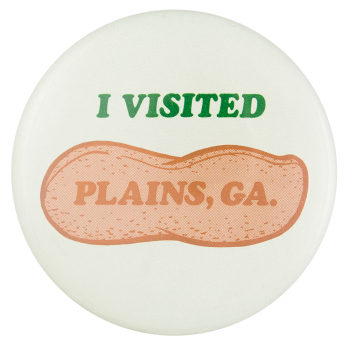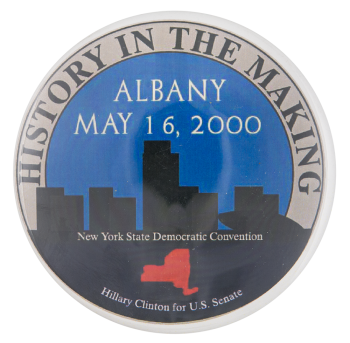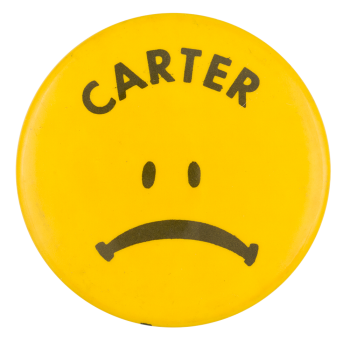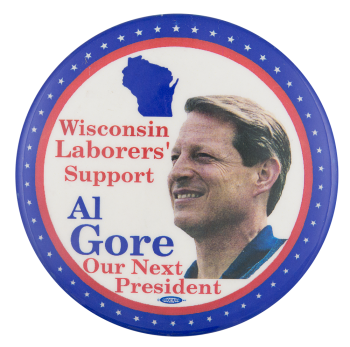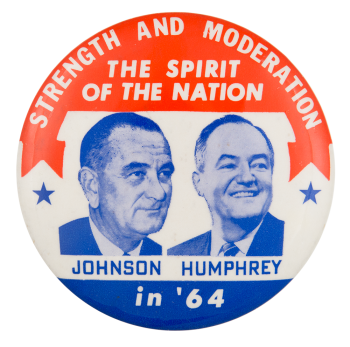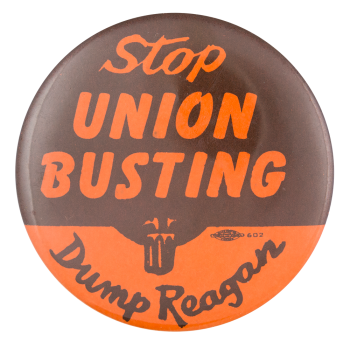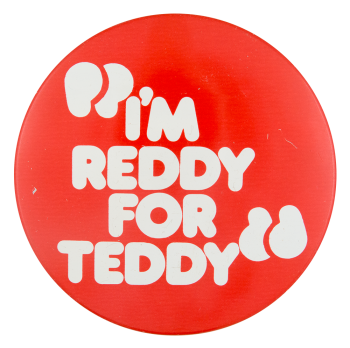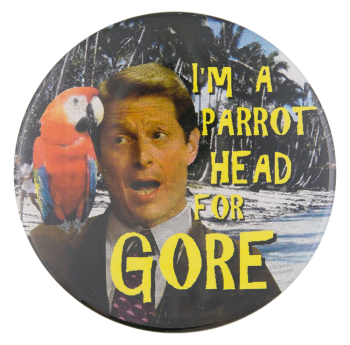I Visited Plains, Georgia
| Category | |
|---|---|
| Additional Images | |
| Sub Categories | |
| Text on Button | I VISITED PLAINS, GA. |
| Image Description | White background with a peanut in its shell in the center. Green text above, tan text inside the peanut. |
| Back Style | |
| The Shape | |
| The Size | |
| Additional Information | Plains, Georgia, with a population of about 700 people is located in the southwestern region of the state surrounded by peanut fields. Prior to the Great Depression Plains was a bustling town, but the economic downturn caused the small town's prosperity to take a dive. The 1976 presidential election and years following it reawakened Plains as thousands of people visited the community to see the hometown of the 39th United States President Jimmy Carter. The town now hosts the annual Plains Peanut Festival, which attracts visitors from around the world. The event includes a parade and educational exhibits about the area’s agriculture. |
| Catalog ID | EV0424 |

